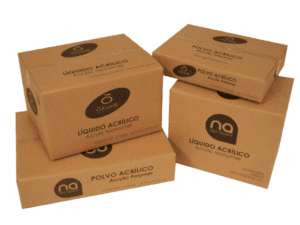Home » Regular Slotted Containers (RSC) Explained: Applications & Alternatives
Regular Slotted Containers (RSC) Explained: Applications & Alternatives

Regular Slotted Containers (RSC) are the most widely used corrugated boxes in packaging. Their standardized design, strength options, and cost efficiency make them suitable for shipping, storage, and retail applications across industries.
Design and Structure
RSC boxes feature four flaps of equal length, with the two longest meeting at the center when closed. This simple structure provides efficient use of corrugated board while maintaining durability. Internal measurements follow the sequence: length (L) × width (W) × height (H).
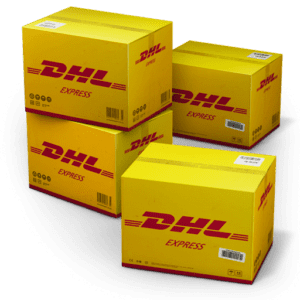
Applications of RSC Boxes
Shipping and distribution: Lightweight, stackable, and cost-effective.
Storage: Easy to seal and palletize for warehouse environments.
Ecommerce: Provides reliable protection for direct-to-consumer shipments.
Retail packaging: Can be printed with branding for shelf display.
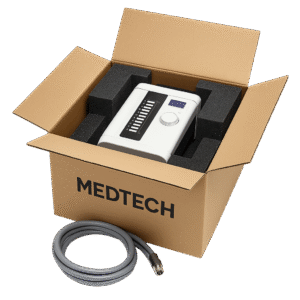
Material Strength Options
Corrugated board is available in multiple flute profiles (e.g., B, C, E) and strength grades (single-wall, double-wall, triple-wall). This allows RSC boxes to handle a wide range of load requirements, from lightweight goods to heavy industrial parts.
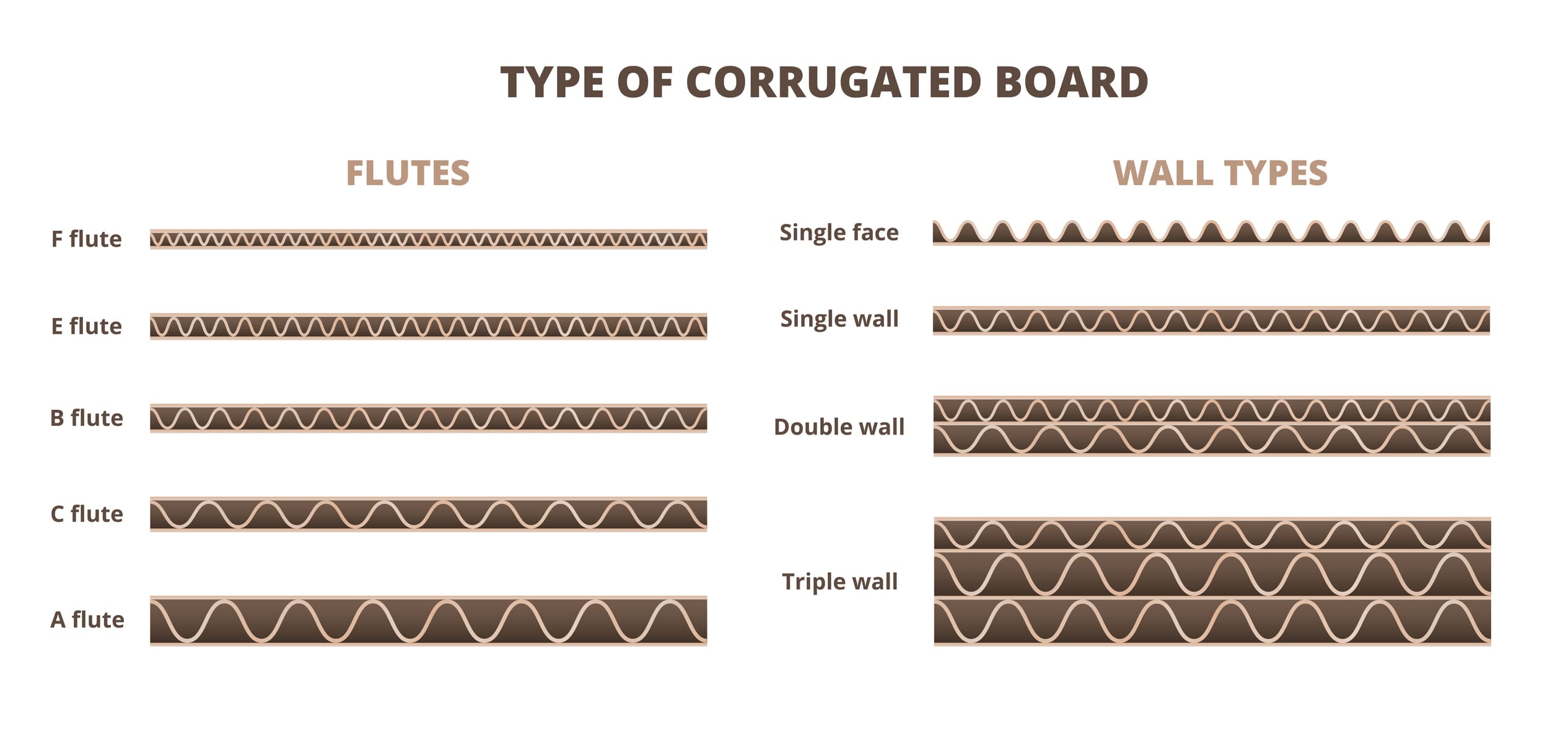
Advantages of RSC
High versatility across industries.
Efficient use of corrugated material.
Compatible with automation for sealing and palletizing.
Cost-effective compared to custom die-cut boxes.
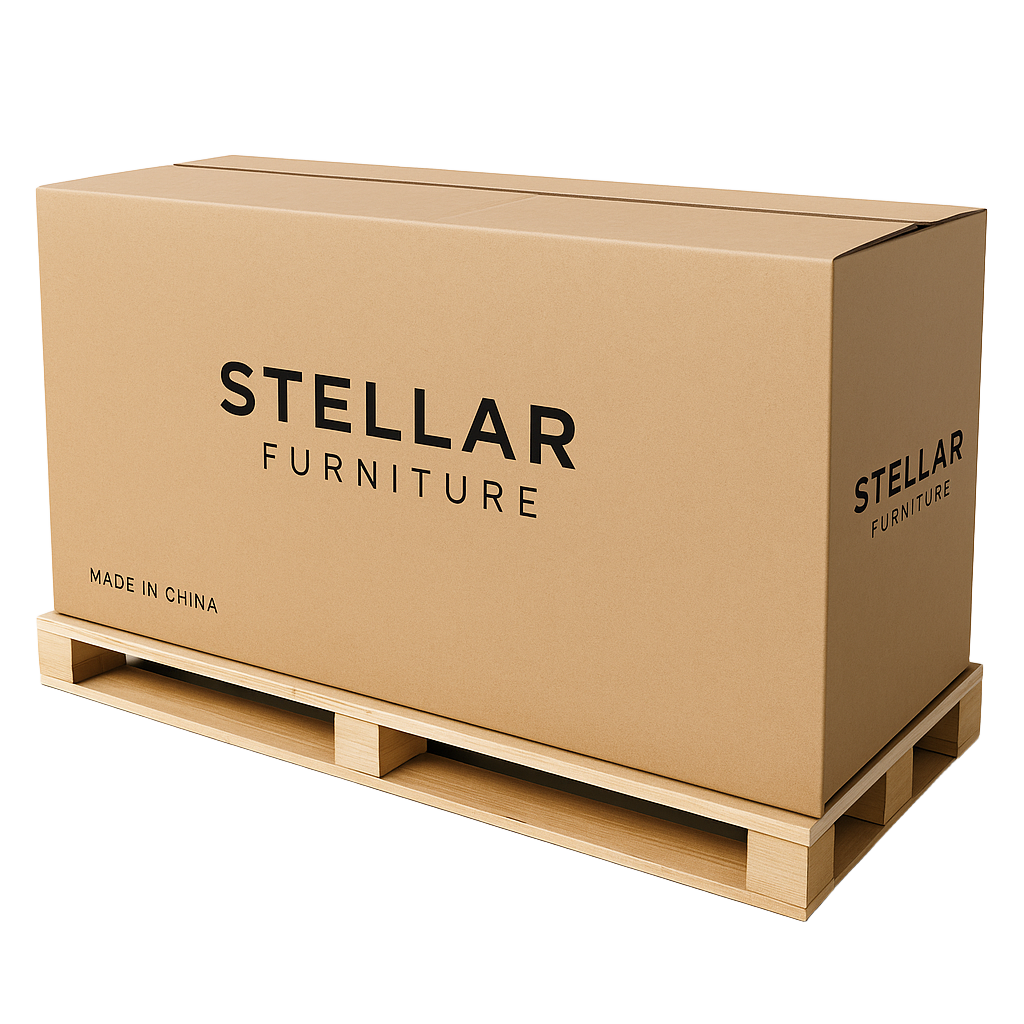
Limitations of RSC
While versatile, RSC boxes may not be ideal for every application. For fragile, high-value, or irregularly shaped items, alternatives like die-cut cartons, full overlap containers (FOL), or five-panel wraps can provide better protection and presentation.
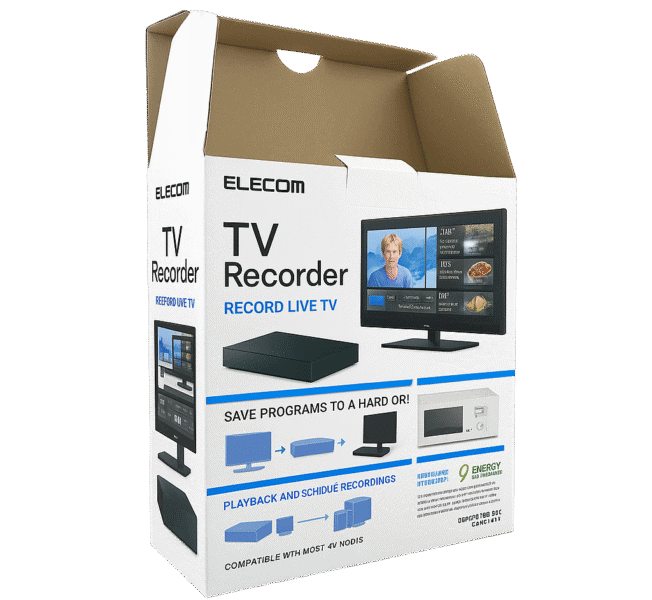
Explore RSC Solutions
Brown Packaging specializes in custom corrugated solutions, from standard RSC boxes to complex designs tailored to your supply chain. Contact us to learn how RSC can fit into your packaging strategy.
References
Soroka, W. (2009). Fundamentals of Packaging Technology (4th ed.). Institute of Packaging Professionals.
Fiber Box Association. (2022). Corrugated Packaging 101. Retrieved from https://www.fibrebox.org
FSC. (2023). Chain of Custody Certification. Forest Stewardship Council.
Shifting packaging production from China to the U.S. can help stabilize costs, reduce tariff exposure, and shorten lead times. But the transition process requires careful
RSC boxes are known for their efficiency and versatility, but their performance ultimately comes down to strength. Buyers often see numbers like ECT, BCT, and
In packaging, foam isn’t just about initial protection — it’s about maintaining performance over the entire shipping or storage cycle. Compression set and recovery characteristics
Pouches are a go-to for flexibility and convenience, but they can fail in critical ways—from poor seals to punctures and delamination—that hurt performance and brand
In the retail environment, the placement of Point of Purchase (POP) displays is just as critical as their design and content. Strategic positioning can significantly
Choosing the right foam density isn’t about “soft” versus “hard” — it’s about controlling shock transmission and matching the foam’s cushioning curve to the product’s
Home » Regular Slotted Containers (RSC) Explained: Applications & Alternatives
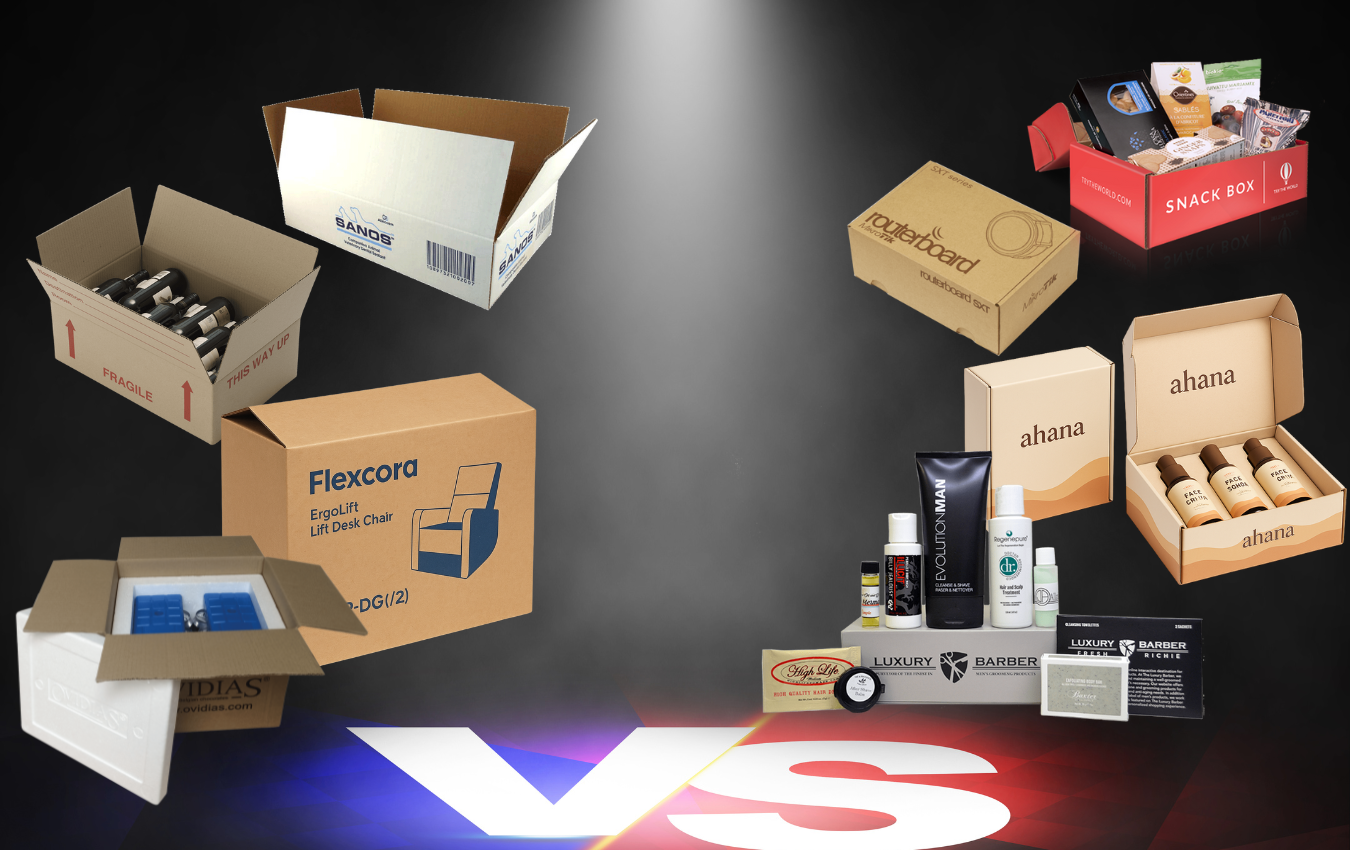
When choosing corrugated packaging, box style directly impacts cost, strength, speed of packing, and customer experience. Two of the most common options are the Regular
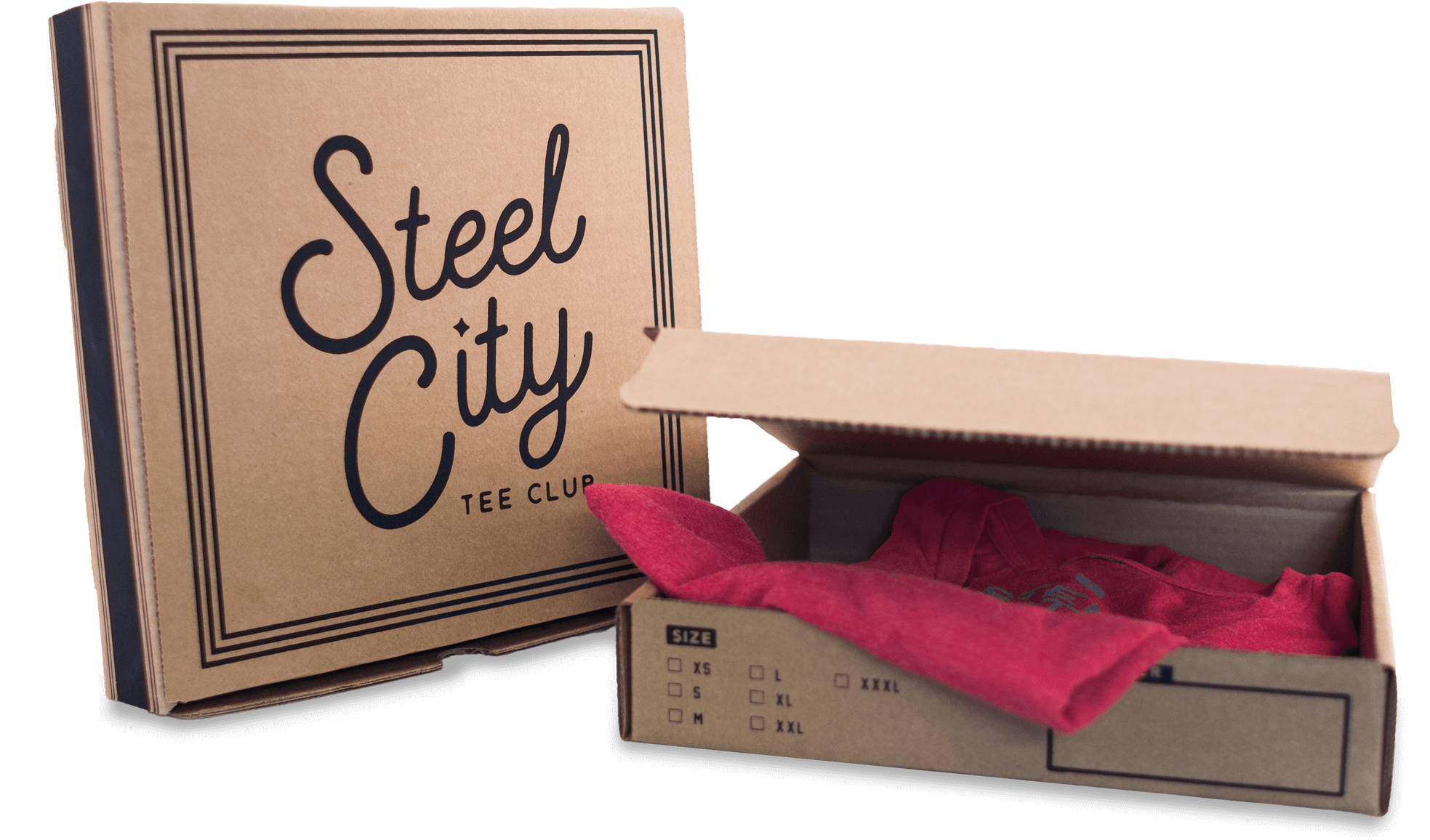
In the world of packaging, the visual appeal of your product plays a significant role in catching the customer’s eye and leaving a lasting impression.

Gift-giving is a timeless tradition, and the packaging plays a crucial role in making the gesture even more special. When it comes to choosing the


